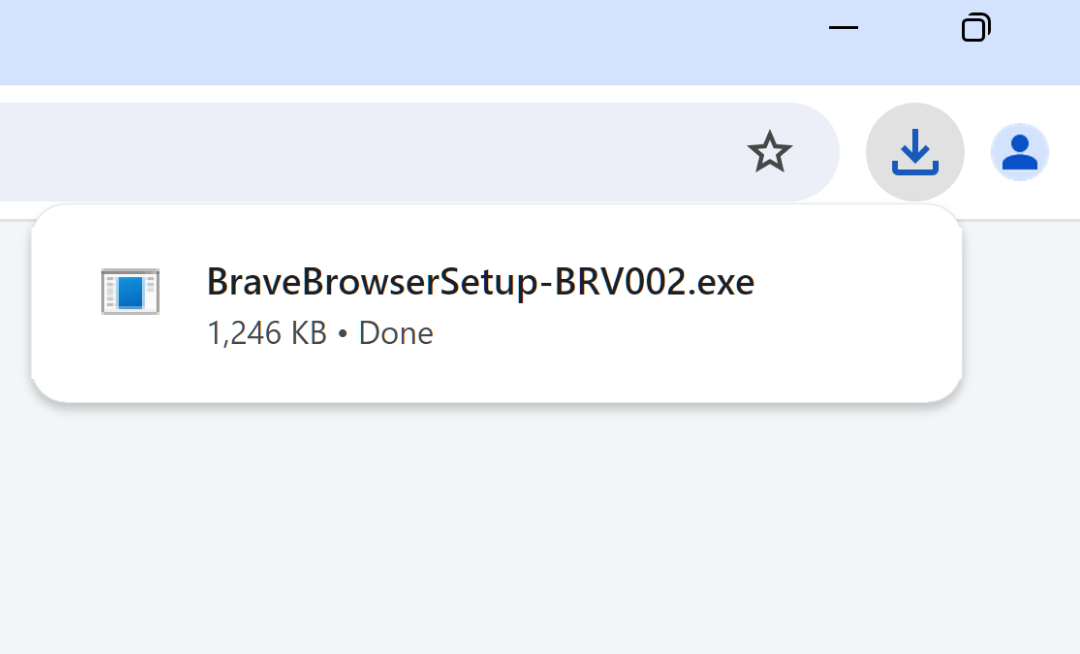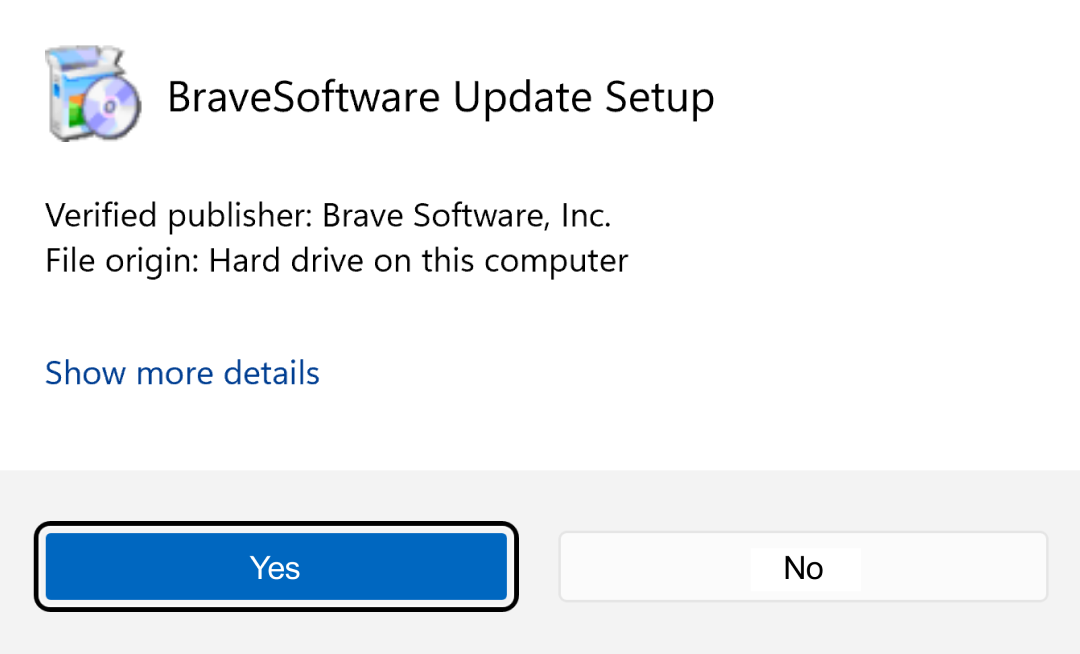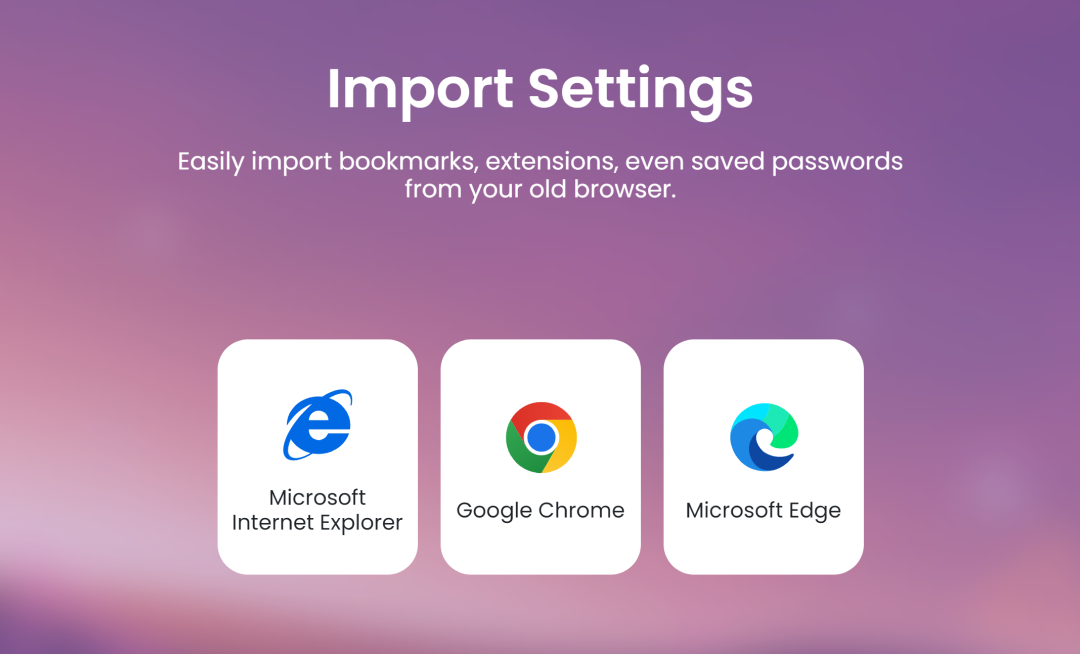Building Browser AI: Leo’s Development Progress and Plans
By Matt McAlister, Senior Director, Premium Products and Services at Brave
In late 2023 we published our first roadmap for Leo, Brave’s built-in AI browser assistant. In that post, we outlined our vision for Leo as a companion that helps you make sense of the Web, while still preserving your control and privacy.
Since then, Leo has been evolving from a helpful browsing companion toward a smart, personalized collaborator—a shift that reflects broader changes in how we think about AI and the Web. While we’ve delivered on our core promises around model quality, search capabilities, and multi-platform support, several of our most exciting innovations weren’t even on our original roadmap. Features like Multi-Tab Context, Tab Focus Mode, and Agentic AI emerged from user feedback and our ongoing commitment to making AI fundamental to how browsers work.
What hasn’t changed is our commitment to privacy-by-design and user choice. Given the product’s evolution since late 2023, we thought it was time to document Leo’s journey and share where we’re heading next.
What we’ve accomplished
Over the past 18 months, we’ve made progress with both foundational capabilities and innovative features:
Model improvements and performance
When we first launched Leo, we started with Llama 2 models. Since then, we’ve expanded our model offerings and given you more choice and options:
- Better default models: We’ve upgraded our default from Llama 2 13B to Mixtral 8x7B to Llama 3.1 8B, and we also offer Claude Haiku and Qwen 3 14B, with Premium users getting access to reasoning models like Claude’s latest Sonnet 4 and DeepSeek R1.
- Model selection: You can choose from a variety of models, with free and premium tiers offering different capabilities. Or you can let Leo choose the best model for each response with the new automatic model selection.
- Bring your own model (BYOM): Brave also lets you choose your preferred AI provider via a feature called bring your own model (BYOM). This lets you connect your own API endpoints for models like GPT-4, Grok, and others, or connect to locally-running models through tools like Ollama.
Learn more about the differences between Leo’s AI models.
Context and content
- Awareness: Leo adapts to different content types, handling webpages, PDFs, YouTube videos, Google Docs, and more. Leo can suggest questions about your page to help surface deeper insights. Automatic mode determines the best model to use for the current context. We’ve also recently added image understanding.
- Content generation: Leo can generate documents, lists, tables, code, and more using output formats including standard markdown. Edit prompts and regenerate responses to get the best output for your needs, then copy and paste into other projects and tools.
- Inputs and outputs: We’ve increased context window sizes and rate limits, allowing for more comprehensive conversations looking at multiple contexts. Outputs were increased for more robust responses, and ongoing performance improvements have reduced first token latency.
Going native
- Browser: Use Leo in the sidebar as a companion while browsing, or in full-page mode for a dedicated conversation at brave://leo-ai.
- Multi-platform support: Leo is available on desktop (Windows, macOS, and Linux) and mobile (Android and iOS). Leo for Android and Leo for iOS also include voice input capabilities.
- Quick access: Use the browser toolbar icon to open Leo or start a conversation from the browser sidebar.
- Right-click tools: Quick access to Leo’s capabilities through contextual menu options for working with page content.
- Internationalization: Support for multiple languages in both the interface and models, ensuring Leo detects and maintains conversation in your preferred language.
- Search: Like many AI products on the market today, Leo uses the Brave Search API to incorporate real-time Brave Search results and provide more accurate, up-to-date information. It also includes citations with links to sources used to inform responses. Links between Brave Search and Leo help you transition between different information needs.
- Brave Talk: Summarize meetings, catch up if you join late, and automatically generate meeting notes from Brave Talk video call transcriptions, all thanks to the Leo / Brave Talk integration.
Learn how to use Brave Leo on desktop and mobile.
Learn how Leo gets current information with the Brave Search API.
User experience improvements
- Chat history: With chat history, conversations are saved locally (rather than sent or saved to Brave servers), allowing you to manage conversations and continue them later.
- Feedback: Like or dislike buttons and feedback forms to help us improve Leo based on in-the-wild usage.
- Conversation starters: Contextual suggestions to help you get more from Leo.
- Ongoing UI/UX improvements: Continual refinements to interfaces, including model lists and presentation, conversation UI, content output, tab attachment and document upload, and more.
Privacy and security enhancements
We’ve added to our original privacy protections with better documentation and consistency in our messaging when new features are added:
- Account-free access: Access Leo’s free tier without creating a Brave account.
- Privacy-preserving subscription model: Leo Premium uses unlinkable tokens to validate subscriptions, and the email used for account creation remains separate from day-to-day Leo usage, creating a privacy-preserving credentialing system.
- No chats in the cloud: Your conversations and chat history are never stored on our servers, and your chat history exists only on your device in your local storage. Chats can be temporary, meaning they aren’t kept in your local storage, and chat history can be disabled entirely so conversations don’t exist on your device or anywhere else after you close them.
- No context in the cloud: Unlike other AI assistants that require you to upload files or copy-paste content that gets stored on their servers, Leo works natively in your browser and can seamlessly access your browser tabs with page content and documents without storing that information on external servers.
- No logs: We don’t log your IP address or keep any server-side records of your Leo usage to retain, analyze, or share.
Innovative new features: beyond the original roadmap
Building on this foundation, we’re currently working on new features that transform what a web browser can do:
Agentic AI…with guardrails
As the browser evolves with agentic AI features, it will become a more active partner in using the Web. We’re still refining the safety features before releasing our implementation, but it’s plain to see how helpful agentic AI will be, with the browser acting on your behalf to:
- Navigate to websites for you while you follow along or work on other projects
- Execute and refine search queries until you have all the information you need
- Extract and organize information collected from sources across the Web so you can focus on analysis and decision-making
- Automate multi-step workflows and tasks that take up too much of your time
While some browsers give their AI access to your data and logged-in webpage sessions (such as your email, calendar, bank accounts, or social media accounts), Brave is working to ensure you retain full control of your AI’s activities. We’re implementing several safeguards and controls such as restrictions on access to extensions, separate storage partitions, and clear warnings and visual indicators while it’s activated. Our implementation will ensure you consent before letting AI act on your behalf.
Context management
Browser-based AI can work within your existing workflow when you choose to activate it, without requiring you to copy/paste and explain your intentions as you do with cloud-based or standalone AI chat apps. Brave’s multi-tab context feature lets you ask questions that span resources already open in your browser–PDFs, articles, spreadsheets, and more–whether you’re working on school assignments, company reports, or research projects.
- Share context from webpages, PDFs, documents, images, and videos when you want comprehensive analysis
- Ask questions, identify patterns and find connections between sources you’ve chosen to include
- Generate summaries that draw insights from all the materials you’ve provided
Soon you’ll be able to add tabs, bookmarks and history as attachments by mentioning them with the “@” symbol, simplifying context management even further.
Improved context handling
We have also implemented many enhancements and continue improving the way content is processed to provide the highest quality insights and output:
- Better extraction and processing methods for more content types
- Smart truncation for large contexts and extended conversations
- Dynamic routing for the most relevant model when in automatic mode
Vision support
Leo now understands and analyzes images, bringing multi-modal capabilities to your browsing experience:
- Ask questions about images on webpages and in PDFs
- Get detailed descriptions of visual content
- Analyze and extract text and information from images
- Compare visual elements across different sources by adding multiple images
Tab organizer
Developers and business users often find themselves with numerous tabs open in multiple windows across client projects, research, and personal browsing. Rather than hunting manually through this digital mess, they now ask Leo to organize tabs by workflow stage, documentation type, language, or many other custom structures:
- Filter and organize open tabs based on topics or themes
- Group related tabs for better focus
- Create new windows with filtered tabs for specific tasks
Learn how to use tab focus mode.
Looking ahead
As browsers evolve with more AI capabilities, they become the natural platform for AI to orchestrate your digital activities rather than simply assist with individual tasks. So, in addition to these ongoing improvements and upcoming releases, our near term plans include capabilities like:
Tasks and scheduling
Building on the agentic foundations referenced above, we’ll also add a task scheduling system that will let you:
- Create recurring tasks and schedule automated workflows
- Monitor webpages and alert you when something important happens
- Receive notifications when tasks are complete and results are ready for you
Imagine setting up Leo to check for concert tickets within your price range, monitor GitHub issues that mention you, or collect news on topics you care about—all automatically and on a schedule you define.
On-device AI
We’re also exploring ways to expand on Leo’s initial BYOM capabilities for more on-device AI. This includes fully integrated local model support for running models, and enabling offline AI capabilities for tasks with even higher security needs on both desktop and mobile devices.
Better outputs
Using the latest models and tools such as the Brave Search API, users will be able to generate higher quality outputs. Product data, sports data, cryptocurrency prices, and richer outputs including images, tables, and other content formats will help you learn more about your personal interests. Audio mode will respond to you with a voice of your choice. You’ll also be able to create more robust and professional documents for work, school, or home.
Longer term
With these strong foundations in place, we’re changing the way we operate and deliver AI features in the browser.
We listen closely to what users are asking for. They’re telling us about what models they use, where to integrate them in the browser, and what would help them in their work. They’re telling us how to enable more control over AI.
We’re also our own power users, using AI tools internally to learn faster and achieve more. This experience drives our conviction that AI should work the way you do.
That’s exactly what we’re building: AI that adapts to your workflow, not the other way around, optimized with tools and services that help you learn faster, do more, and make better decisions. We’ll deliver this through a comprehensive AI operating environment, guided by your feedback, our focus on useful tools over flashy features, and our unwavering commitment to user choice and privacy.
Roadmap progress and future direction
As we reflect on our journey so far, the table below shows what we’ve delivered, what we haven’t completed yet, and how our understanding has evolved as we’ve released features and capabilities.
| Strategic Direction | Successfully achieved | Incomplete | Beyond original roadmap | Future |
|---|---|---|---|---|
| Privacy-First Architecture |
|
|
|
|
| AI Model Infrastructure |
|
|
|
|
| Context & Understanding |
|
|
|
|
| Productivity and utility |
|
|
|
|
| User Experience |
|
|
|
|
| Business model |
|
|
|
|
For users who prefer not to use AI features, you can choose not to opt in, and if you wish to turn it off after trying it you can always disable Brave Leo completely.






